
views
X
Expert Source
Woody LovellProfessional Barber
Expert Interview. 28 January 2020.
However, you can use some clever styling techniques to make your beard look nice and full.
Styling Your Beard Differently
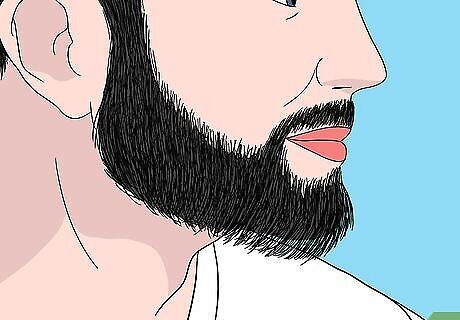
Grow your beard and hair longer so it covers the gaps. Sometimes, beards are patchy because they haven’t grown in enough. If you have bald spots or areas where the beard doesn’t reach your sideburns, try giving it some more time to grow. If the beard doesn’t connect completely, the longer hair will do a better job masking those bare patches. Remember that it can take a long time to grow a full beard. Expect to grow your beard for 3-6 months before it looks full. If you’ve only been growing for a month, then the beard definitely won’t look connected yet unless your hair grows very fast.
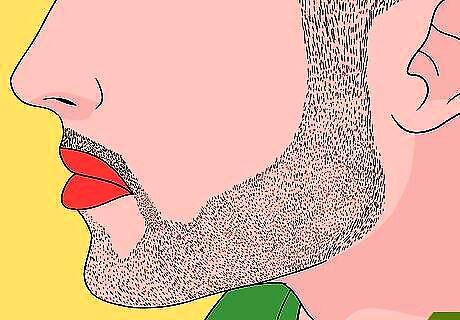
Keep your beard short so patchy sections aren’t as noticeable. In addition to growing the beard longer to hide patches, you can also use the opposite approach and shorten it. In some cases, a longer beard makes bare patches more noticeable. Trimming the beard and leaving it short doesn’t make those patches stand out as much. Your beard might look connected even if it’s not. Try using the shortest setting on your beard trimmer. You could also have your barber do it so the result is as even as possible. This works best if you have lighter hair, or a skin tone that’s close to your hair color.

Brush your sideburns and mustache toward your beard to connect them. If you have curly or wavy hair, there might be noticeable gaps where the beard doesn’t connect with your sideburns or mustache. Try styling it to cover those gaps. Brush your sideburns and mustache down, towards the beard. This could cover up spots where the beard doesn’t connect. Use a special beard brush to avoid damaging the hair. If your beard won’t stay in place after brushing, try using some beard balm while you brush to stop it from moving. Jack Passion Jack Passion, Beard Competition Champion For flawless facial hair, patience and care are key. Let bare spots fill in before excessive trimming. Gently train with a boar bristle brush instead of over-cutting. Shape the style to accentuate your jawline, not patchiness. True character isn't found in uniform perfection, but distinctiveness. Embrace your unique beard.
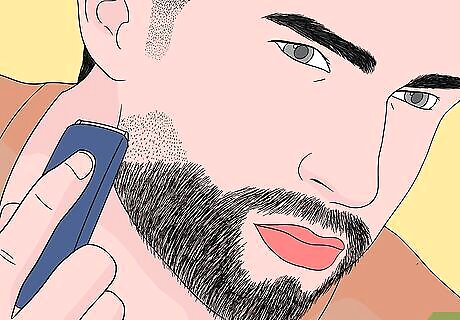
Shave your beard to a point that it does connect at so it's even. Sometimes, your beard might reach your sideburns in one thin spot but not the others. This makes the beard look uneven and disconnected. You can style the beard around this. Use a razor or your trimmer and shave the beard back to the point where it reaches your sideburns. Do the same with your sideburns so the beard and sideburns meet at an even point. You’ll then have a nice, even spot that the beard connects to. Remember to maintain this trim if you do it. Otherwise, the beard will look unkempt when the hair starts growing back in. If you don't think you can shave the beard this closely, let your barber do it.
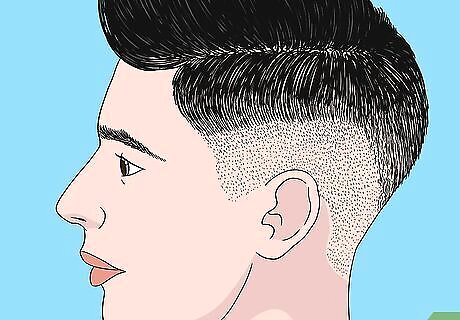
Get a skin fade at the barber shop to hide the disconnected area. A skin fade is a hairstyle that makes your hair and beard progressively shorter as they approach each other. It’s a good hairstyle to cover up if your beard and sideburns don’t connect. Next time you get a haircut, ask the barber to give you this cut and see if it covers the patches better. The hairstyle can accommodate lots of different beard and hair lengths. Whether you have a bushy beard or just stubble, it will look good if the barber fades it correctly.
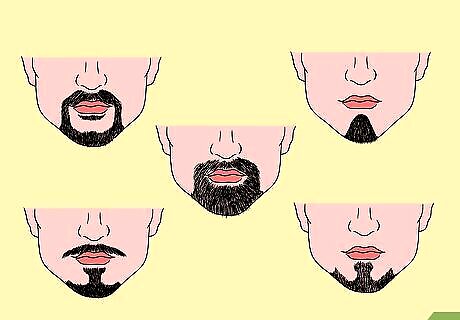
Consider a different beard type that doesn’t have to connect. If none of these solutions satisfy you or cover the gaps well enough, then you can try out a different beard style. A goatee, for instance, only requires chin hair, so patchiness isn’t a problem. Explore other beard styles to see if another one works for you. Some other unconnected beard types include: a Van Dyke, with pointed chin hair and a mustache that don't connect; an anchor, which rounds out the chin hair with a mustache; and balbo, which extends the chin hair slightly up onto the cheeks. Experiment to see which suits you best.
Caring for Your Beard Correctly
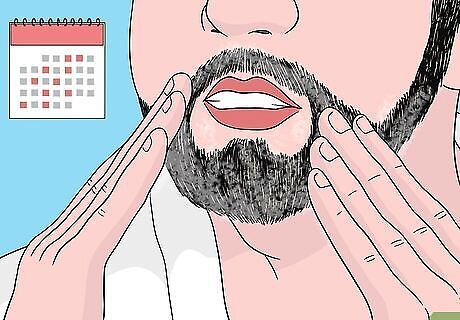
Wash your beard 2-3 times per week for effective growth. If your beard is dirty and greasy, it may not grow as well. Keep it clean with a thorough wash 2-3 times per week. Wet the beard with clean water and apply beard shampoo. Massage the shampoo in and rinse the beard thoroughly. This cleans out your pores and encourages better growth. Washing your beard while you shower is easiest, but you can also do it in the sink if you prefer.
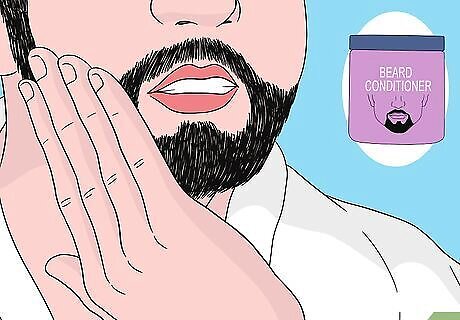
Condition your beard after you wash it to keep it soft. Keeping your beard conditioned prevents it from getting straggly and tangled. Whenever you wash your beard, also apply a beard conditioner after you shampoo it. Use a comb and brush the conditioner to the root of each hair. Let it sit for a minute, then wash it out. Keeping your beard conditioned makes brushing it easier as well. This way, you can cover up and patches or disconnected spots. If you just have stubble or a short beard, you probably don't need conditioning.

Oil your beard to moisturize the skin underneath. Dry pores and follicles won’t grow hair as effectively. Squeeze a few drops of beard oil into your hands and rub them together. Then massage the oil into your beard with circular motions. This keeps your skin moisturized and healthy to keep producing hair. If your beard is short, you can oil it every 2 days. If it’s longer or you live in a dry climate, oil it every day.
Stimulating Hair Growth

Get a full night’s sleep to prevent thinning hair. Sleep deprivation is a common cause of thinning hair, especially if you regularly get less than 5 hours of sleep per night. Avoid caffeine before bed, don’t stay up late, and block off enough time to get 7-8 hours of sleep every night. Not only will your hair grow in better, but you’ll enjoy an overall benefit to your health as well. If you regularly have insomnia, try beating it by doing relaxing activities before bed like reading or meditating. Also avoid caffeine for at least 6 hours before bed so it’s all out of your system. Thinking about stressful or important things before bed can also cause insomnia. Try to avoid talking about bills, work, money, or other serious topics within an hour of bedtime.
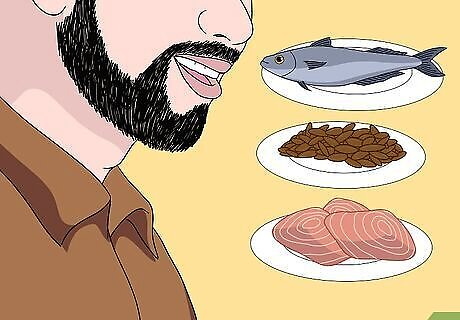
Follow a diet high in omega-3s and vitamins. These nutrients help stimulate hair growth. Make sure you follow a healthy, balanced diet to keep yourself supplied with hair-growing nutrients. Good sources of omega-3s are oily fish like salmon, shellfish, nuts, and flaxseeds. You can also get food fortified with more omega-3s to boost their content. Fresh fruits and vegetables are good sources of almost all necessary vitamins. Have some with every meal, or take supplements if you aren’t getting enough from your regular diet.
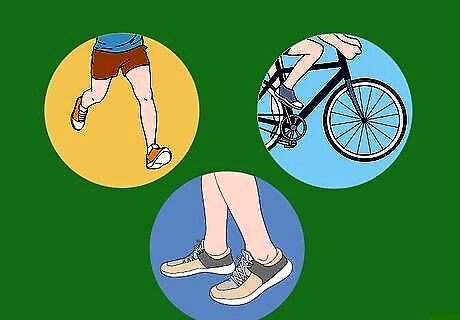
Reduce your stress to prevent hair loss and insomnia. High stress can cause thinning hair, insomnia, and lots of other health issues. If you regularly experience stress and anxiety, then it could be inhibiting your beard growth. Try using relaxation techniques to control your stress for stimulated hair growth and better health overall. Regular aerobic exercise like running or biking is good stress-reducing activity. Walking can have the same effect. Try to get at least 30 minutes of exercise every day for the best results. Doing activities you enjoy can also help cut down on stress. If you have trouble reducing your stress on your own, try speaking with a therapist to learn some more effective techniques.




















Comments
0 comment